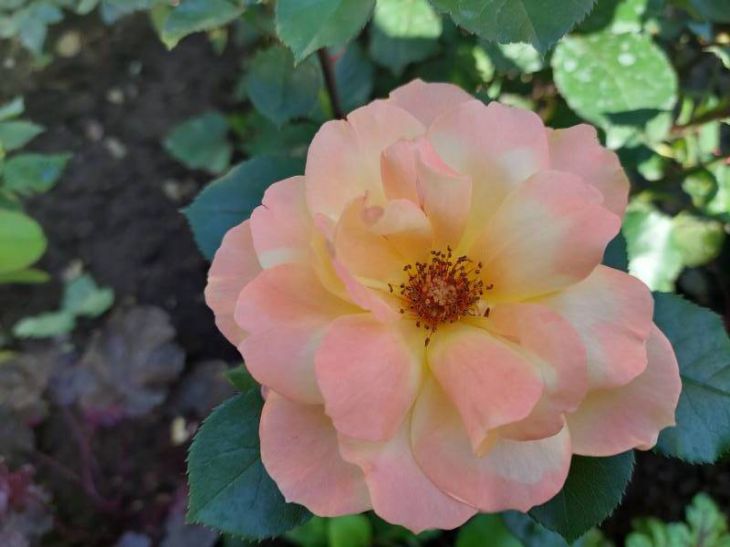How to Get Abundant Blooming Roses All Summer Long: 5 Simple Tips
Roses are one of the most beautiful and fragrant flowers that decorate gardens and bouquets. However, not all roses bloom equally throughout the summer.
Some varieties have short and sparse flowering, while others have long and abundant flowering until the cold weather sets in.
How can you achieve abundant and long-lasting flowering of roses?
There are several tips that will help you get more blooms on your roses faster and more often.
This concerns the selection of varieties, planting, care, feeding and pruning of roses. Following these tips, you will be able to enjoy the beauty and aroma of roses all summer long.

Choose repeat-blooming rose varieties
There are many types and varieties of roses, but not all of them bloom equally well throughout the summer. Some roses have one or two peaks of bloom, while others continue to delight the eye almost until frost.
If you want to have lots of blooms on your roses, choose repeat-blooming rose varieties that bloom several times per season.
Such varieties include, for example, English roses by David Austin, floribundas, hybrid tea roses and miniature roses.
Plant roses in a sunny spot
Roses love light and warmth, so for abundant flowering they need to choose the sunniest place in the garden. Roses need to be planted so that they receive direct sunlight for at least 6-8 hours a day.
You should also avoid planting roses near tall trees or buildings that may shade or take moisture and nutrients away from the roses.
Water and feed roses correctly
Roses are greedy plants that require a lot of water and nutrition to grow and bloom. Roses need to be watered regularly and generously, especially in hot and dry weather.
It is better to water roses in the morning or evening to avoid water evaporation and leaf burns. You also need to feed roses with special fertilizers for roses, which contain nitrogen, phosphorus, potassium and other microelements.
Fertilizers should be applied according to the instructions on the package, usually once a month from spring to autumn. Fertilizing promotes the growth and flowering of roses, and also increases their resistance to diseases and pests.
Prune roses correctly
Pruning roses is an important element of their care, which affects their shape, health and flowering. Roses should be pruned twice a year: in autumn and spring. Autumn pruning is needed to prepare roses for winter and prevent branches from breaking under the snow.
Spring pruning is necessary to shape the bush and stimulate flowering. During spring pruning, you need to remove all damaged, dried and weak branches, and also shorten strong branches by a third or half of their length. You also need to cut off all faded inflorescences on roses to promote the appearance of new buds.
Protect roses from diseases and pests
Roses are quite vulnerable plants that can be affected by various diseases and pests such as powdery mildew, black spot, rust, thrips, aphids, spider mites, etc. These diseases and pests can cause serious damage to roses, weaken them and reduce flowering.
Therefore, it is necessary to detect and treat roses from these problems in a timely manner. For this, you can use both chemical and biological plant protection products, which can be purchased at garden centers or pharmacies.
You can also use folk remedies such as soap solution, garlic tincture or vinegar emulsion.
These are 5 tips to help you make your roses bloom all summer long. By following these tips, you will be able to enjoy the beauty and fragrance of roses all summer long.
